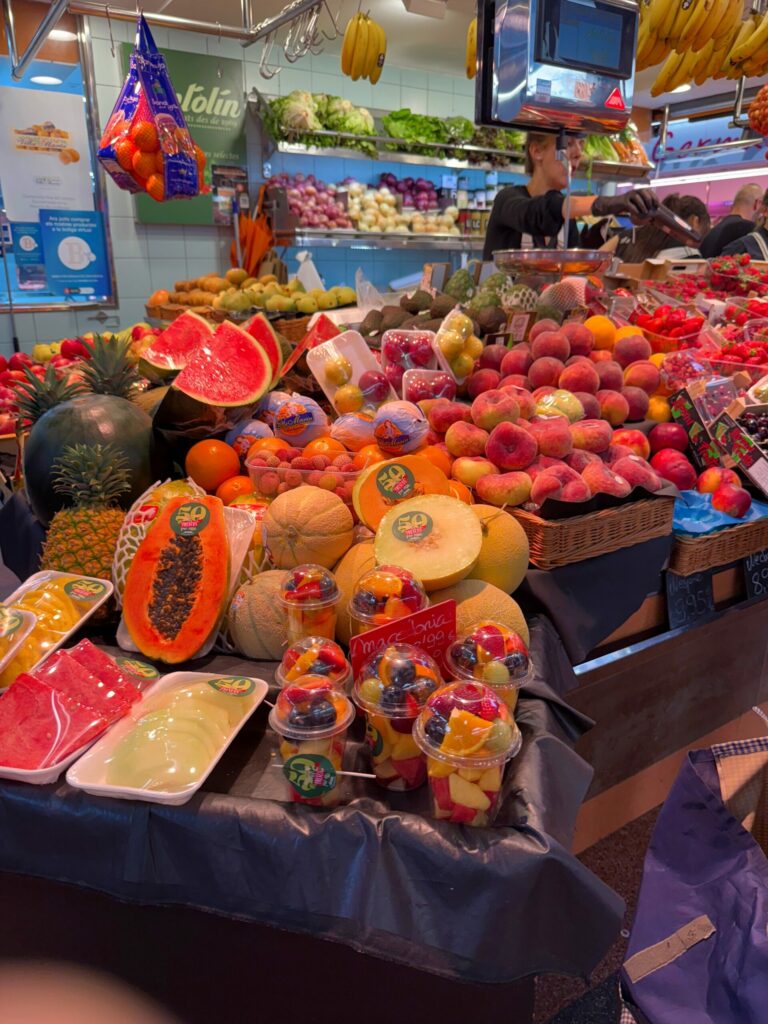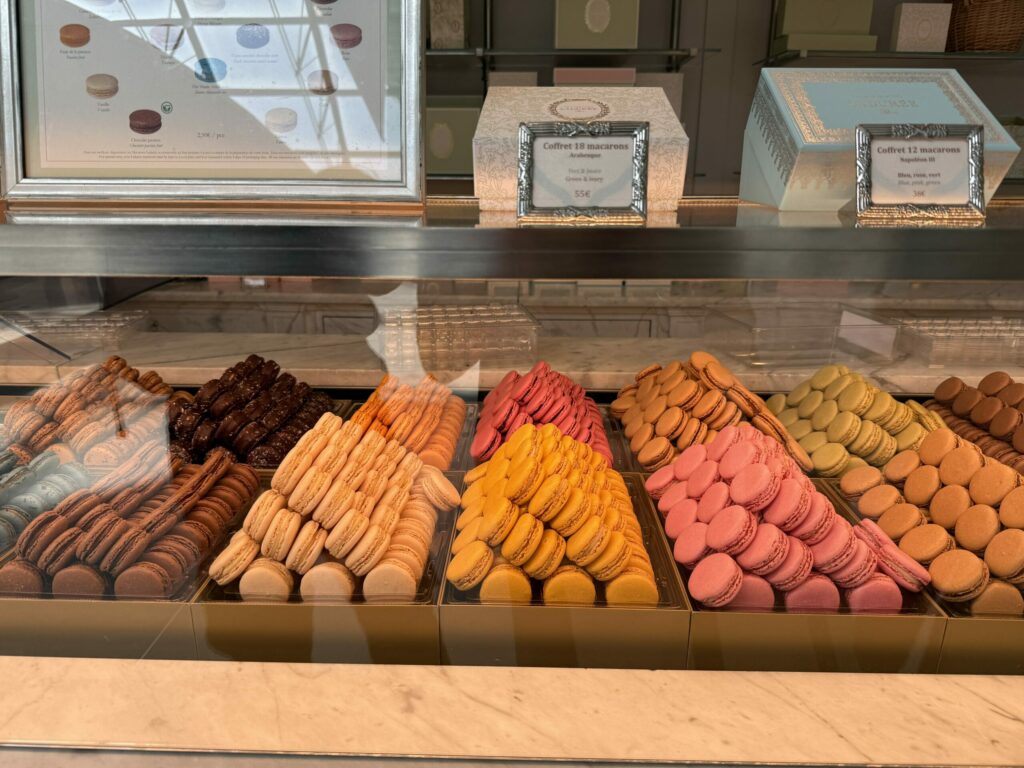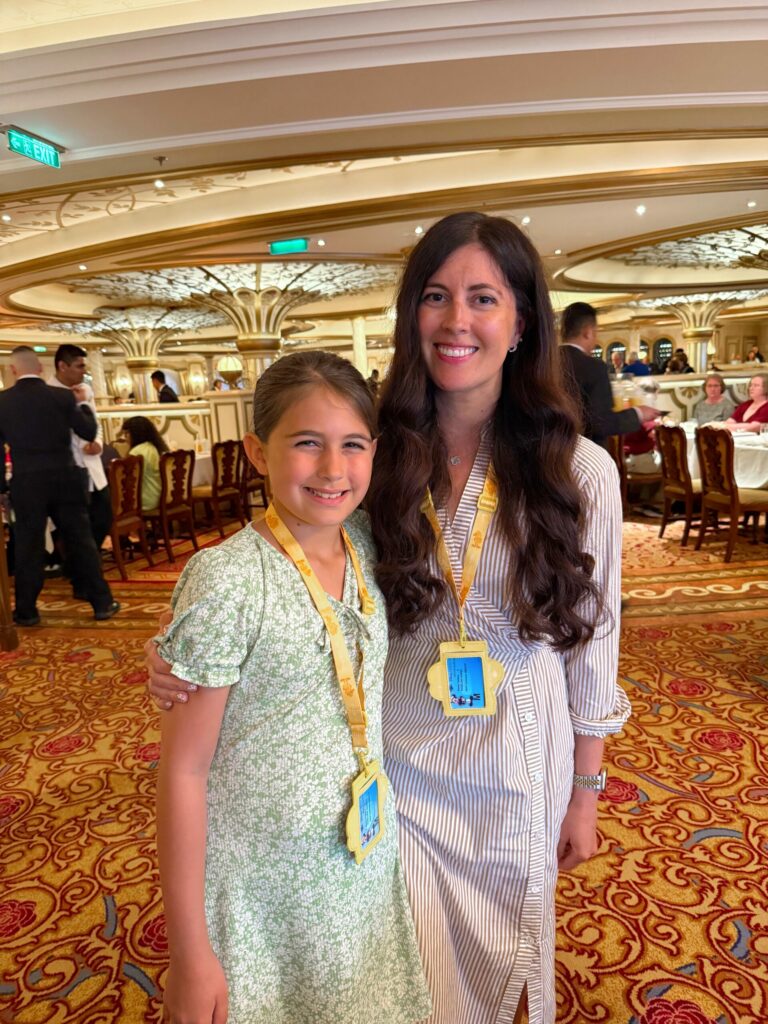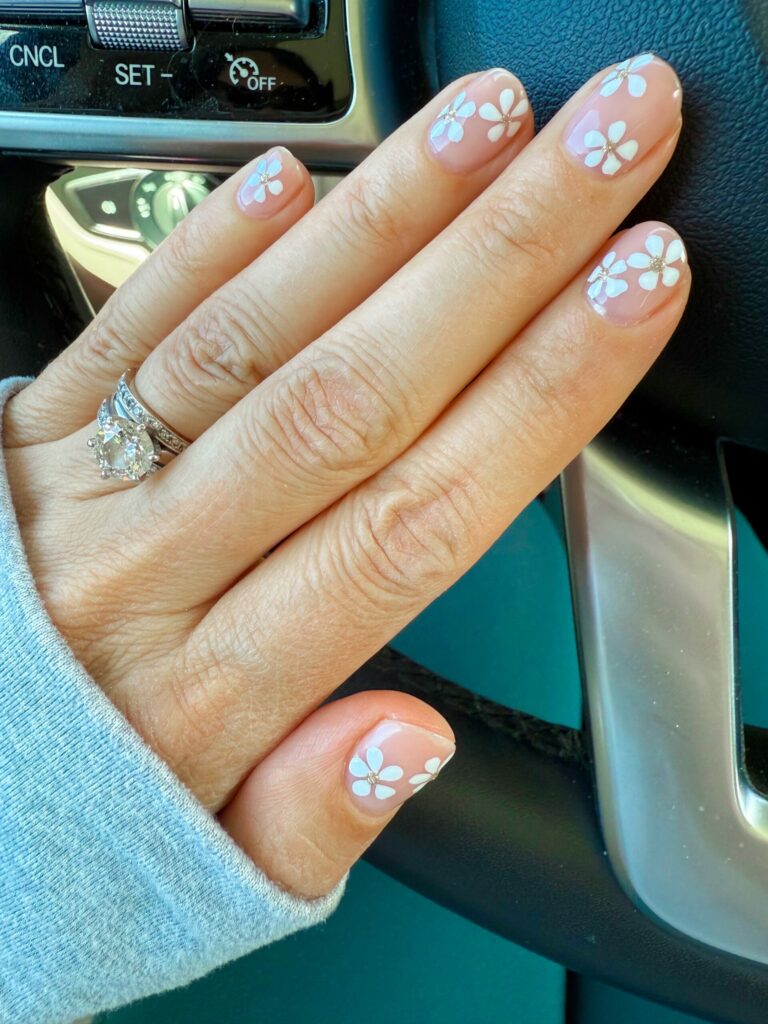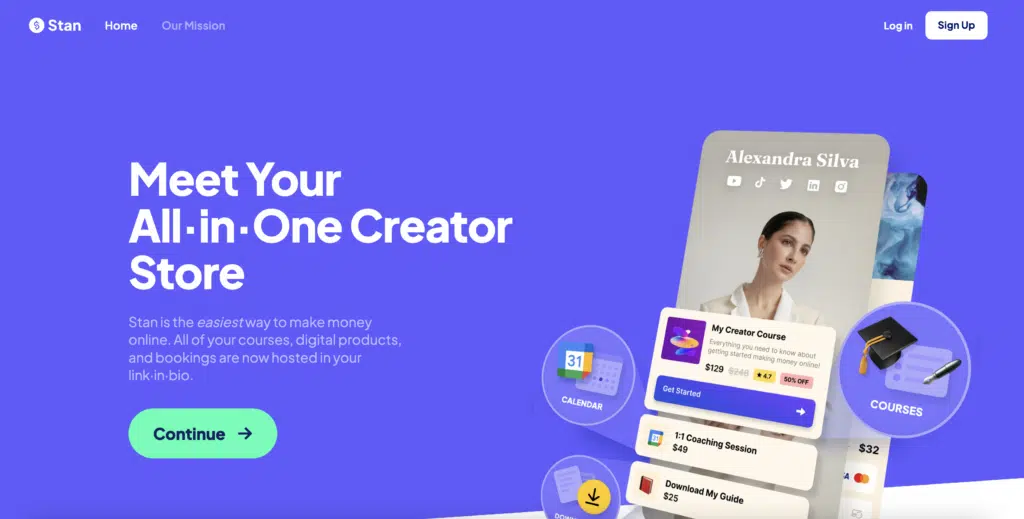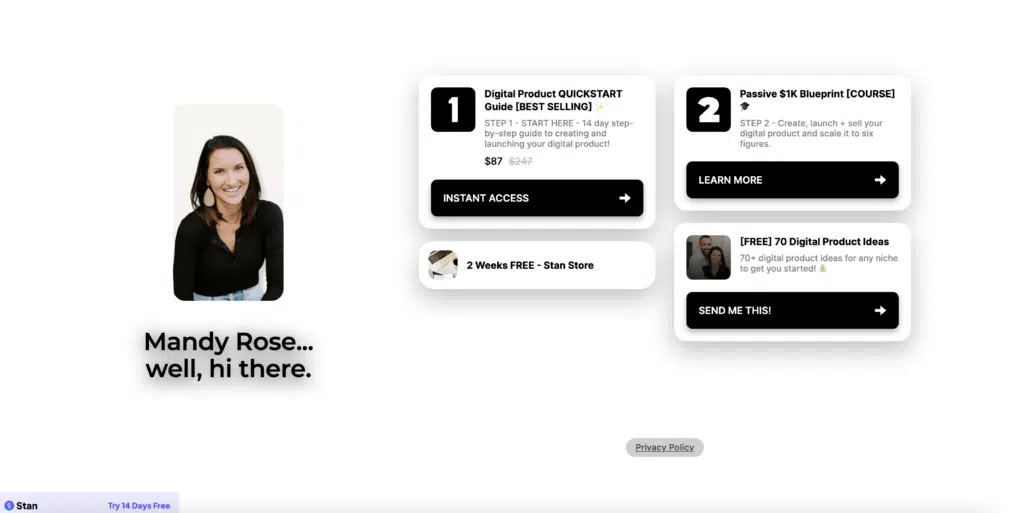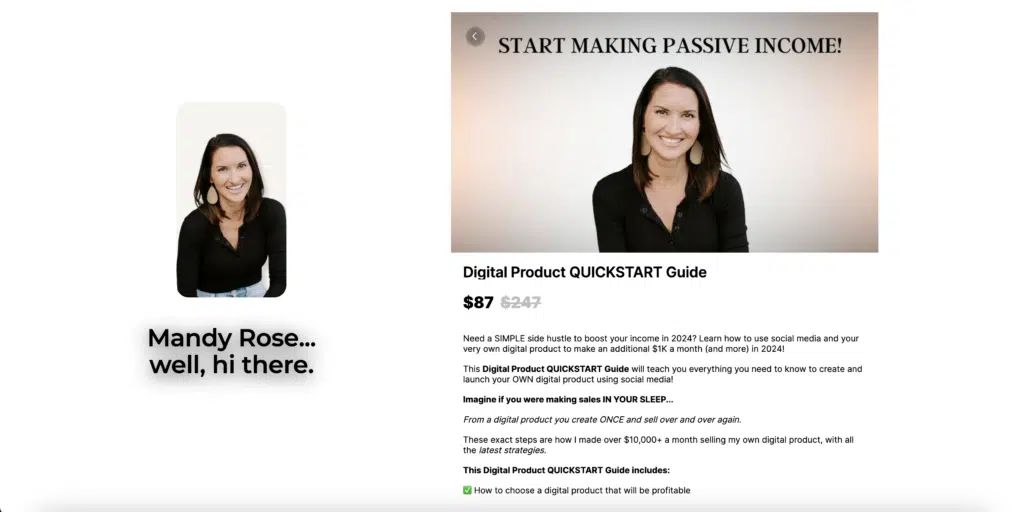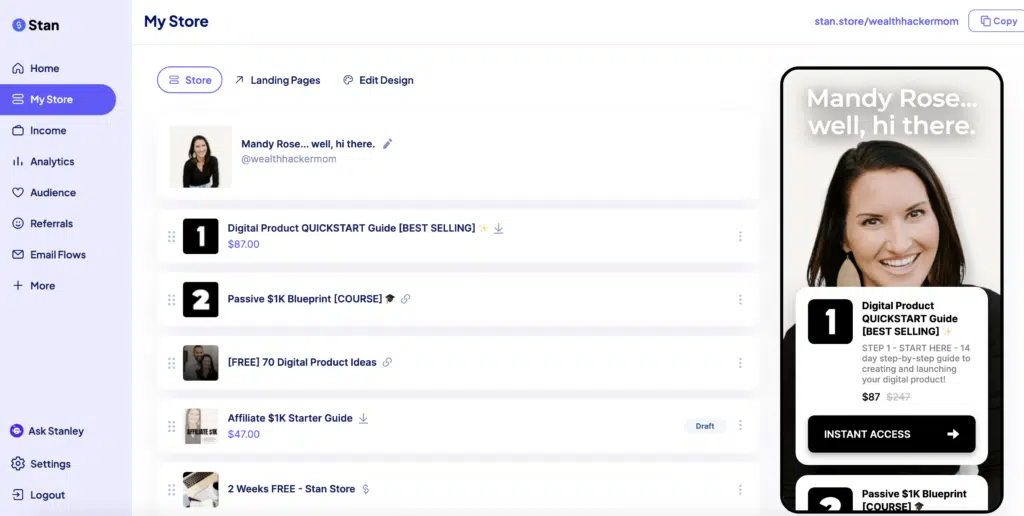Kettlebells aren’t new, but in an era of high-tech fitness trends, they still stand as one of the most timeless, versatile, and effective training tools out there. Why is kettlebell training so effective? What makes these simple ball-shaped weights with a handle so useful?
Whether you’re a personal trainer, group fitness instructor, or strength coach, incorporating kettlebells into strength training programs can unlock a wide range of benefits for your clients. From improving strength and endurance to enhancing mobility and core stability, kettlebell workouts deliver functional results that carry over to real-life activities.
This article discusses why kettlebells might deserve a prime spot in your training toolbox, exploring the benefits of working out with kettlebells and how to effectively use kettlebell exercises to maximize client results.
The Kettlebell Advantage: Functional Fitness That Works
Unlike dumbbells or barbells, kettlebells are designed to be swung, pressed, and carried in ways that mimic the dynamic movements of everyday life. When you pick up a kettlebell, you’re not just lifting weight—you’re engaging multiple muscle groups, stabilizing through your core, and challenging your balance and coordination.
Why kettlebell training is effective comes down to the combination of strength, power, endurance, and mobility packed into each movement. Exercises like kettlebell swings, Turkish get-ups, presses, and snatches train the body to move as a connected unit rather than isolating individual muscles. This functional, full-body approach makes kettlebell workouts an ideal choice for both athletic performance and general fitness.
Impact on Athletic Performance
A 2024 systematic review published in Cureus examined how kettlebell training impacts athletic performance across strength, power, endurance, agility, and injury prevention. It revealed that kettlebell exercises activate key muscle groups—including the hips, thighs, core, and lower back—in ways that enhance neuromuscular coordination and functional strength.
Whether used in preseason conditioning, injury prevention, or high-intensity interval routines, kettlebell workouts deliver measurable gains in agility, flexibility, and resilience. Importantly, their dynamic, full-body nature helps athletes translate raw strength into sport-specific power, making kettlebells a versatile and cost-effective addition to any training plan.
Kettlebell Exercise Benefits That Go Beyond Strength
While many people associate kettlebells with strength, the benefits of kettlebell training go far beyond just building muscle. Research and trainer experience consistently show that kettlebell workouts improve cardiovascular fitness, muscular endurance, flexibility, and even mental focus.
For trainers leading kettlebell classes, the benefits extend to client retention and satisfaction. Kettlebell workouts are inherently engaging—dynamic movements like cleans, snatches, and swings keep participants mentally and physically challenged, helping prevent boredom and plateau. Plus, the compact size of kettlebells makes them ideal for small studios, home gyms, or outdoor sessions, offering maximum versatility with minimal space or equipment investment.
Another major bonus? Kettlebell workouts burn a lot of calories. Thanks to the combination of strength and cardio, kettlebell workouts can deliver calorie-burning benefits similar to high-intensity interval training (HIIT), helping clients meet body composition goals and support metabolic health.
Real-World Benefits of Working Out with Kettlebells
One of the most exciting advantages of kettlebell training is how effectively it prepares clients for real-world challenges. Carrying groceries, lifting kids, sprinting to catch a bus—these are the kinds of movements that kettlebell workouts mimic and strengthen.
Trainers who understand and leverage the benefits of working out with kettlebells are equipping clients not just for the gym, but for life. Kettlebell movements improve grip strength, shoulder stability, hip mobility, and overall coordination, all of which contribute to better performance in daily activities, sports, and even injury prevention.
Plus, kettlebells offer a unique blend of strength and cardio, making them an efficient option for clients with limited time. A 20- to 30-minute kettlebell session can deliver full-body conditioning, strength, and fat-burning benefits in one compact workout.

The Essential Kettlebell Course—Learn It, Use It, Coach It
Master kettlebell fundamentals and the Iron Cardio method, a proven system for building strength, endurance, and control, in as little as a weekend.
Benefits for Older Adults
Kettlebell training also offers additional benefits for older adults aiming to maintain mobility and independence. One standout example is the Ballistic Exercise of the Lower Limb (BELL) trial, a study that investigated how regular kettlebell workouts impact adults aged 59–79. Over three months, participants followed a structured kettlebell program designed to improve functional strength and daily movement ability.
The results were striking: participants increased their predicted one-rep max (1RM) deadlift by 23%, showing meaningful gains in lifting strength—critical for safely handling everyday tasks. They also completed the five-times floor transfer 14% faster, a key indicator of agility and fall-prevention capability.
Participants also improved cardiovascular fitness, walking 7% farther in a six-minute test, and reported greater confidence in stair climbing and lifting objects. Impressively, the program also increased lean muscle mass, supporting healthier body composition and metabolism.
Perhaps most important, these benefits came with high adherence and only minor, non-serious adverse events, underscoring kettlebell training as not only effective but also safe and enjoyable for older adults. This study highlights kettlebells as a promising approach for promoting healthy aging and empowering older adults to stay strong, mobile, and independent.
Why Trainers Should Incorporate Kettlebells
If you’re wondering why you should start incorporating kettlebells into strength training sessions, consider this: kettlebells fill the gaps that traditional gym equipment often misses.
Most standard strength training focuses on linear, controlled movements. Machines isolate single muscles, and even free weights often follow predictable planes of motion. Kettlebells, on the other hand, invite rotation, acceleration, and deceleration—just like real life. This makes kettlebell training especially valuable for developing functional strength and injury resilience.
Kettlebell core exercises, for example, challenge deep stabilizing muscles that protect the spine and improve posture. Moves like kettlebell windmills, suitcase carries, and kettlebell halos aren’t just for building abs; they develop the kind of core control that enhances athletic performance and reduces injury risk.
The Science Behind Kettlebell Training Programs
Kettlebell training isn’t just popular because it looks cool or feels different—there’s solid scientific research showing why it works. Studies have demonstrated that kettlebell workouts can meaningfully improve aerobic capacity, muscular strength, endurance, and explosive power, making them a versatile addition to both strength and conditioning programs.
For example, a 2015 study published in The Journal of Strength and Conditioning Research examined Division I female soccer players who completed a four-week kettlebell snatch protocol (the “15:15 MVO₂” method). Participants trained with kettlebells three times a week alongside their regular off-season program.
The results were clear: the kettlebell group saw a significant 6% increase in VO₂ max, while a control group doing circuit weight training showed no change. This suggests that kettlebell training isn’t just about strength—it can also meaningfully improve cardiovascular fitness and endurance.
Another study compared the metabolic demands of kettlebell swings to treadmill running at equivalent perceived exertion levels. Interestingly, while treadmill running resulted in higher oxygen consumption and calorie burn, the kettlebell workout still elevated heart rates to over 85% of age-predicted maximum—enough to meet the standards needed for improving aerobic capacity.
This highlights that kettlebell workouts can deliver robust cardiovascular and metabolic conditioning, making them a viable alternative to more traditional aerobic training like running or cycling.
How to Use Kettlebells Safely and Effectively
Knowing how to use kettlebells is crucial for maximizing benefits and avoiding injury. Proper technique matters, especially for dynamic movements like swings and snatches. Trainers should prioritize teaching foundational mechanics, such as hip hinging and shoulder packing, before progressing clients to more advanced exercises.
It’s also essential to select the right weight. While kettlebells may look small, they pack a punch—especially during ballistic movements. Start clients with lighter kettlebell weights and gradually progress as their strength and coordination improve.
In a well-designed kettlebell training program, exercises can be scaled up or down to match each client’s ability level, making kettlebells accessible to beginners and challenging for advanced athletes alike.
Building a Balanced Kettlebell Training Program
Designing a balanced kettlebell training program means incorporating a mix of push, pull, hinge, squat, and carry movements. Think of pairing exercises like kettlebell swings (hinge) with goblet squats (squat), or Turkish get-ups (total-body coordination) with overhead presses (push).
For clients new to kettlebells, start simple. Focus on foundational movements and build mastery before introducing more complex lifts or combinations. As clients progress, you can increase intensity by adding reps, sets, or heavier weights—or by integrating kettlebells into metabolic circuits for added challenge.
Understanding how to exercise with kettlebell weights isn’t just about following a list of moves; it’s about creating thoughtful programming that aligns with client goals, addresses imbalances, and promotes sustainable progress.
Why Kettlebell Training Is Here to Stay
It’s no surprise that kettlebells have stood the test of time. From their origins in 18th-century Russia to their current status as a fitness staple, kettlebells have proven their worth across generations and training styles.
The benefits of kettlebell training—from improving strength and endurance to enhancing mobility, core stability, and functional fitness—make them a must-have tool for today’s trainers. And with the growing popularity of kettlebell classes and small-group training, the demand for knowledgeable instructors who can deliver safe, effective, and engaging kettlebell workouts is higher than ever.
If you’re a trainer looking to elevate your offerings, investing in kettlebell education and integrating these powerful tools into your programs can set you apart and deliver unmatched value to your clients.
AFPA’s Kettlebell Essentials: The Iron Cardio Approach is an accessible, affordable option that allows you to learn directly from Brett Jones, a top strength coach, and walk away ready to integrate kettlebells into any fitness routine with confidence.
Real, Lasting Results with Kettlebells
Kettlebells are more than just trendy pieces of equipment—they’re powerhouse tools that deliver real, measurable results. These compact weights offer a complete fitness solution in one simple package. By learning how to use kettlebells effectively and incorporating them into your clients’ routines, you’re not just offering variety—you’re providing a smarter, more functional path to strength, resilience, and long-term health.
Whether you’re helping clients master kettlebell core exercises, find a minimalistic fitness routine, or boost performance through a tailored kettlebell training program, one thing is clear: kettlebells are here to stay.

Reviewed by
Diane Vives, M.S.
Senior Director, Health & Wellness Professional Education
Beginner-Friendly, 101-Level Kettlebell Training
Learn directly from Brett Jones, a top strength coach, and walk away ready to integrate kettlebells into any fitness routine with confidence.















